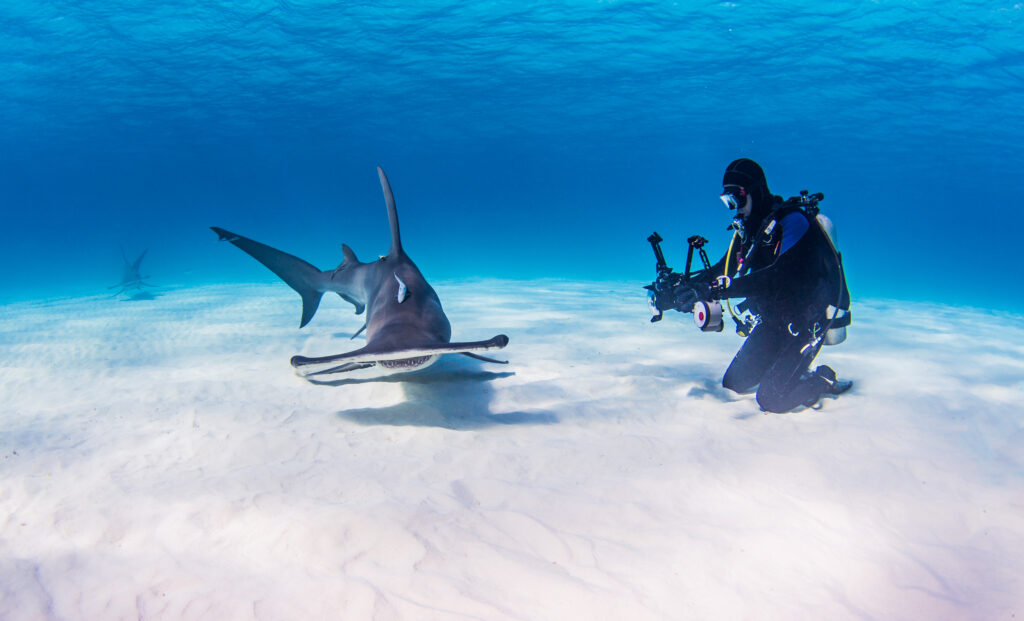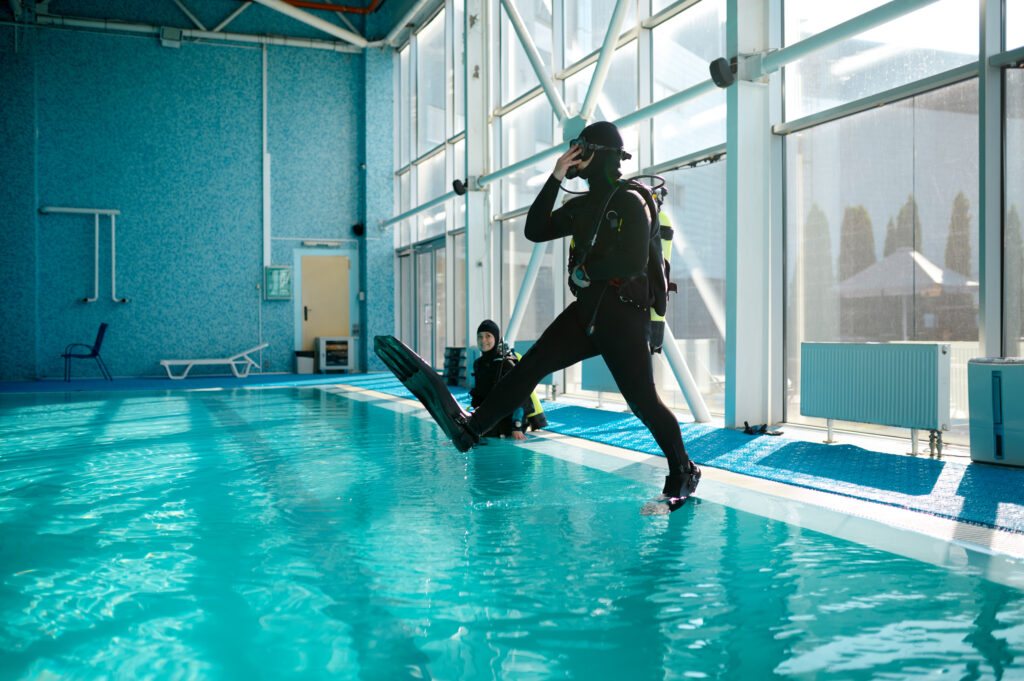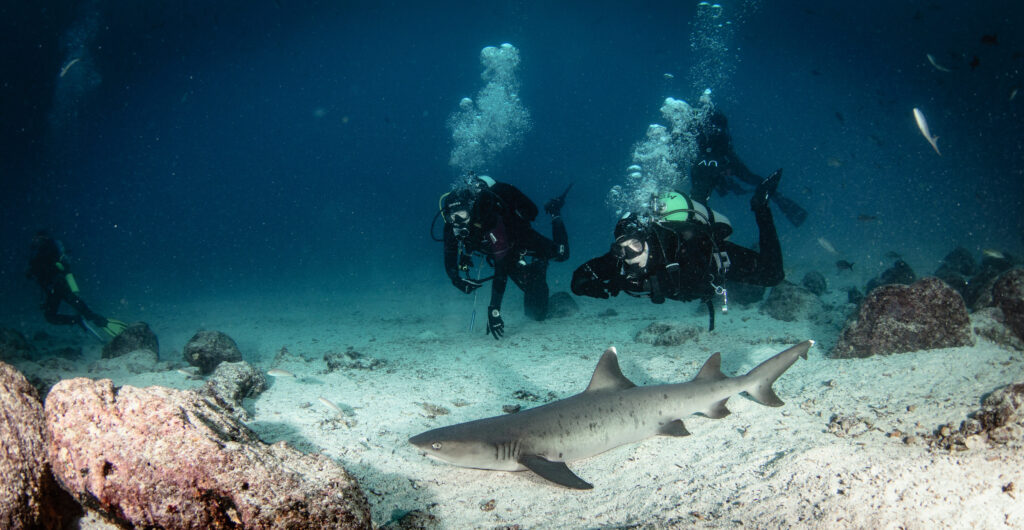What is the Global Positioning System (GPS) for Divers?

The Global Positioning System (GPS) has changed the way we navigate, whether on land, at sea, or in the air. Originally developed for military use, GPS technology has since become a staple in various outdoor activities, including scuba diving. Divers now rely on GPS for accurate navigation, safety, and data recording during dives. This system allows them to navigate underwater environments with more confidence and efficiency. As GPS technology evolves, its application in scuba diving becomes more specialized, offering tailored solutions to the challenges divers face in the underwater world.
What is a Logbook?

A logbook, within the context of scuba diving, is an essential tool for recording the details of each underwater experience. This practice dates back to the early days of diving when keeping a written record of dives was crucial for ensuring safety and improving skills. Today, the logbook serves multiple purposes, from providing a personal history of dives to meeting legal and safety requirements. Maintaining a detailed logbook is a fundamental aspect of diving that enhances the overall experience and contributes to a diver’s growth and development.
What is a Lanyard?

A lanyard in the context of scuba diving is a crucial accessory designed to secure various pieces of diving equipment to a diver’s body or buoyancy compensator device (BCD). These cords, straps, or retractable reels ensure that essential tools such as cameras, flashlights, and dive computers remain attached to the diver, preventing accidental loss in the underwater environment. The importance of a lanyard cannot be overstated, as it contributes significantly to the safety and efficiency of diving operations, providing peace of mind and allowing divers to focus on their underwater activities.
What is Panic when Scuba Diving?

Panic in scuba diving refers to a sudden and overwhelming feeling of fear or anxiety that can severely impair a diver’s ability to think clearly and act appropriately. It is a critical issue in the sport because it can lead to dangerous situations underwater, where the margin for error is slim. Understanding panic is crucial for divers to ensure their safety and the safety of others. This entry examines the causes, symptoms, consequences, prevention strategies, and management techniques related to panic in scuba diving.
What is a Pushing Tide?

A pushing tide, often referred to as a flood tide, is a natural oceanographic phenomenon where the incoming tide causes seawater to flow toward the shore. This type of tide plays a significant role in coastal environments and activities, particularly in scuba diving. Understanding pushing tides is crucial for divers as it affects both the safety and the overall experience of their underwater ventures. In essence, a pushing tide can significantly influence water conditions, marine life behavior, and the physical landscape of dive sites.
What is a Pressure Gradient?

In scuba diving, understanding the concept of a pressure gradient is crucial for ensuring safety and effective dive planning. A pressure gradient refers to the change in pressure per unit distance within a fluid. In the context of diving, this typically means the variation in water pressure as a diver moves vertically through the water column. This phenomenon is essential because it affects everything from buoyancy control to the physiological impacts on the diver’s body.
What is a Pony Bottle?

A pony bottle, in the context of scuba diving, refers to a small, independent scuba cylinder that acts as an emergency air supply. Divers often rely on pony bottles as a crucial backup system in case their primary air source fails. This additional cylinder provides a diver with an extra layer of safety, ensuring they have enough breathable gas to reach the surface or their dive buddy in the event of an emergency. The name “pony bottle” aptly describes its role as a smaller companion to the main tank, much like a pony is to a horse. Understanding the function and proper use of a pony bottle is essential for any diver who values safety and preparedness underwater.
What is Mask Clearing?

Mask clearing is a crucial skill that every scuba diver must learn and master to ensure a safe and enjoyable underwater experience. This technique involves removing water that has inadvertently entered the diver’s mask while underwater. Mask clearing is typically taught during open-water certification courses and is essential for maintaining clear vision and preventing mask-related issues during dives.
What is Open Water Certification?

Open water certification is a fundamental credential in scuba diving, signifying that an individual has achieved the necessary skills and knowledge to dive independently. This certification is recognized globally and is a prerequisite for many diving activities and advanced training courses. It ensures that divers are equipped to handle underwater environments safely and responsibly, providing a foundation for safe and enjoyable underwater adventures. Whether one seeks to dive in tropical coral reefs or cold-water kelp forests, obtaining an open water certification is the first crucial step in the journey of underwater exploration.
What is Pounds Per Square Inch (PSI)?

Pounds per square inch (PSI) is a unit of pressure widely used in various fields, including scuba diving. Understanding PSI is crucial for divers because it directly relates to the equipment they use and their safety underwater. In scuba diving, PSI measures the pressure exerted by gas within a scuba tank, which is essential for breathing underwater. This unit helps divers know how much air they have left in their tanks, enabling them to plan their dives and avoid running out of air while submerged.
